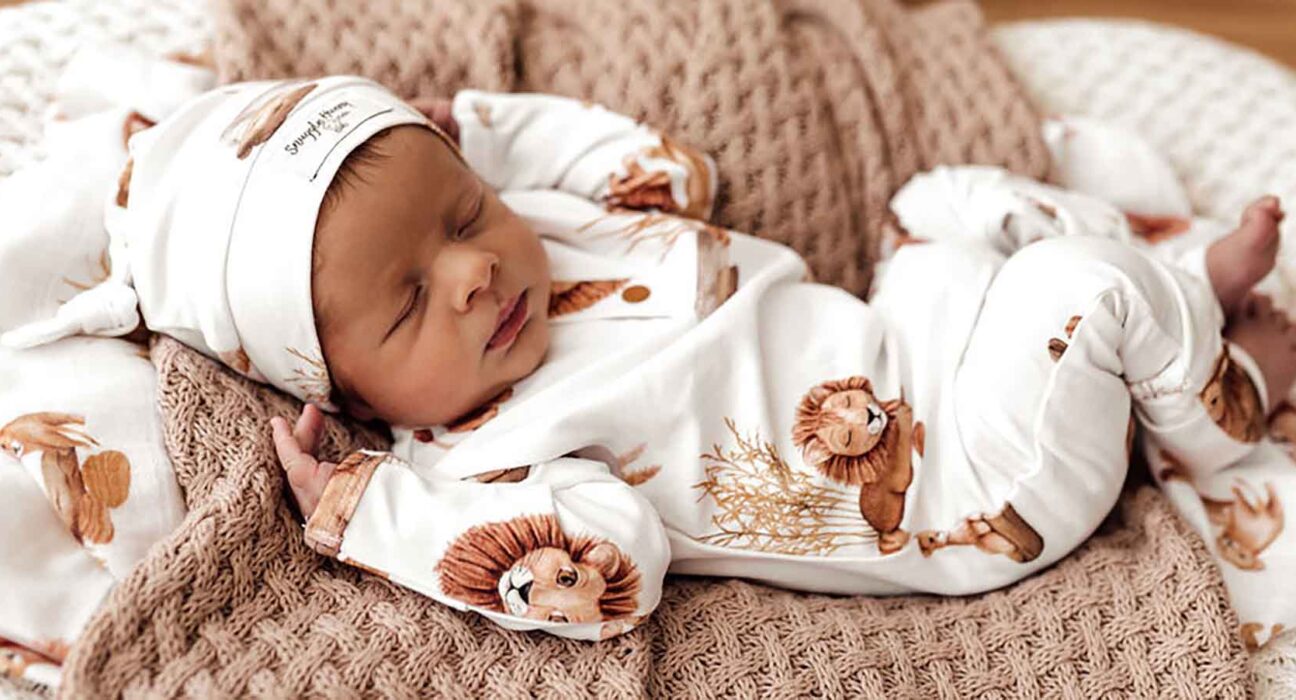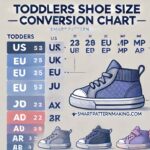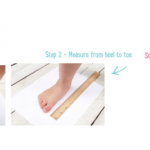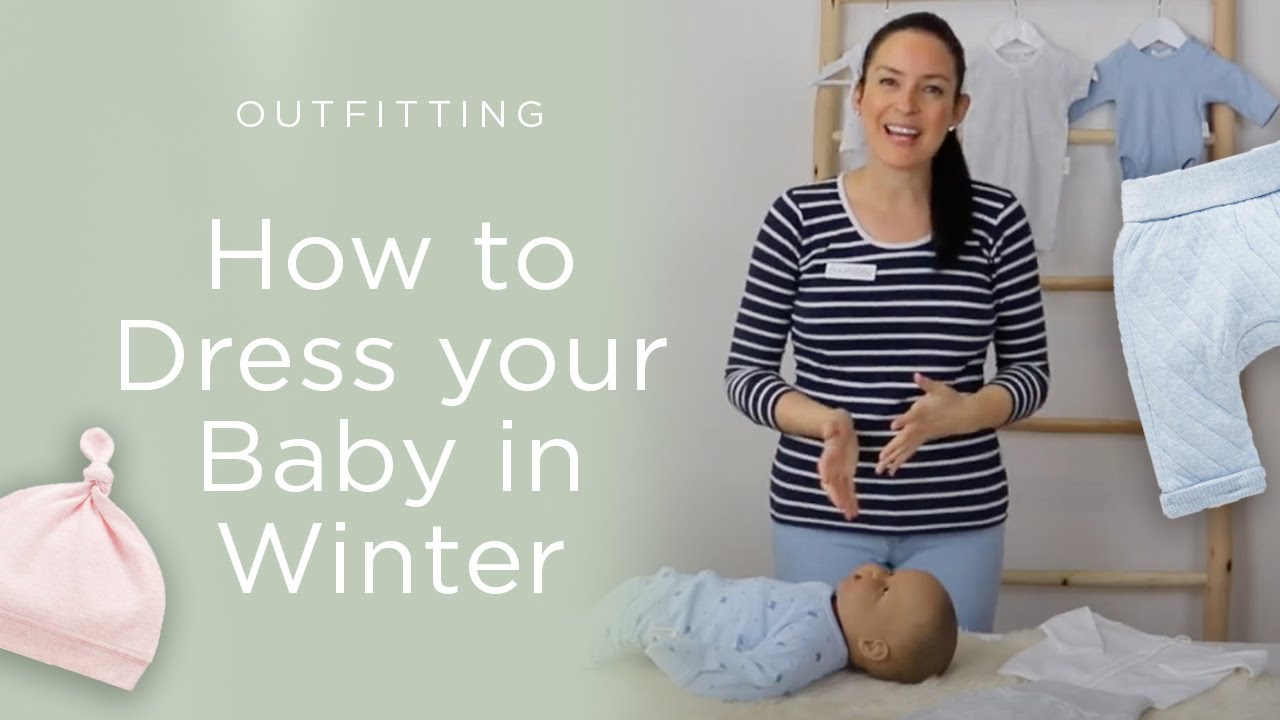Babies typically wear newborn clothes for about 2 to 4 weeks. This timeframe can vary based on their growth rate.
Newborn clothes are designed for infants weighing up to 8 pounds. Babies grow quickly during their first few weeks. Many parents find that their little ones outgrow these clothes rapidly. By the time a baby is one month old, they may need larger sizes.
It is essential to monitor your baby’s weight and length. This helps ensure they wear the right size for comfort and safety. Parents often buy a few newborn outfits, but they may need more in the next size up soon. Understanding your baby’s growth can help you plan better for clothing needs.
Table of Contents
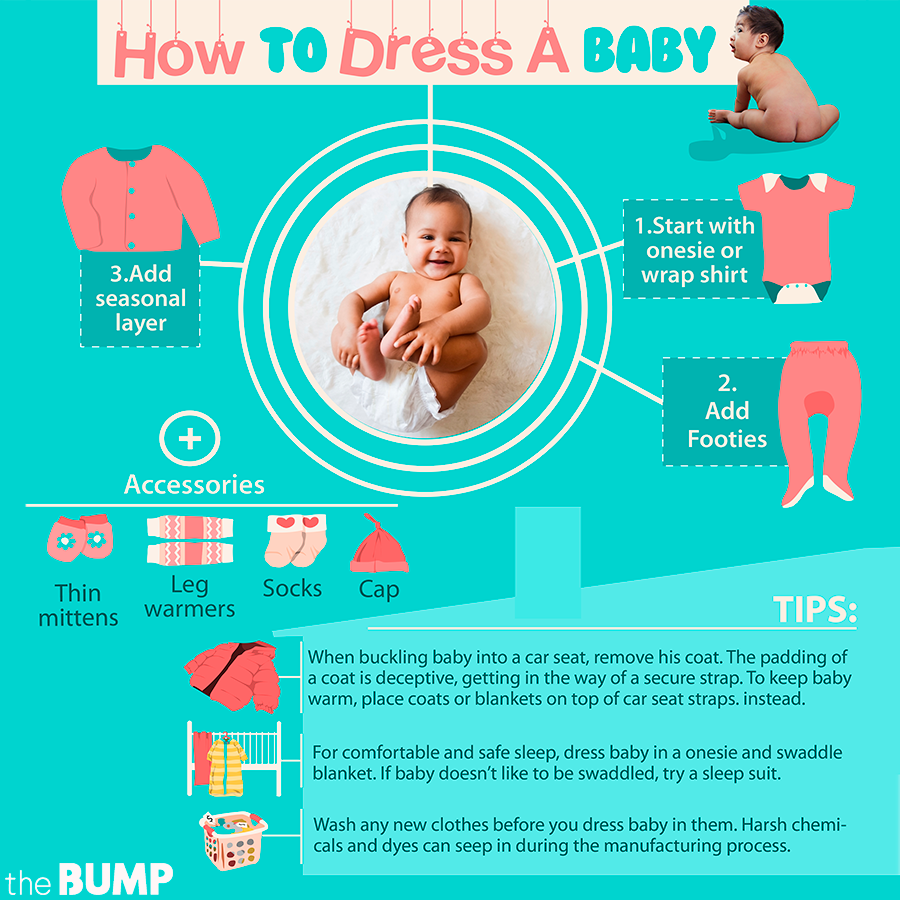
Credit: www.thebump.com
Introduction To Newborn Clothing
Newborn clothing is designed for comfort and ease. Babies wear these outfits during their first weeks. Most newborns fit into these clothes for about two to four weeks.
Several factors can affect how long babies wear newborn clothes. Growth rate is a major factor. Some babies grow quickly, outgrowing clothes sooner. Others may take longer to reach the next size.
Weight and height also play a role. Babies come in different sizes. A larger baby may outgrow newborn attire faster than a smaller one.
Parents should choose versatile clothes that allow easy changing. Soft fabrics are ideal for delicate skin. Always check the fit and comfort level.

Credit: majorleaguemommy.com
The Basics Of Newborn Growth
Newborns grow quickly during their first few weeks. Growth spurts can happen at any time. These spurts usually occur around 1-3 weeks, 6 weeks, and 3 months.
During these times, babies may need more food and sleep. Parents should pay attention to their baby’s hunger cues. Some babies might outgrow newborn clothes in just a few weeks.
Below is a simple table showing average growth patterns for newborns:
| Age (Weeks) | Average Weight Gain | Clothes Size |
|---|---|---|
| 1 | 5-7 oz | Newborn |
| 3 | 1-2 lbs | Newborn |
| 6 | 1-2 lbs | 0-3 Months |
Newborn Clothing Sizes Explained
Newborn clothing sizes can be confusing. Standard sizing for newborns usually fits babies weighing up to 7 lbs. This size is perfect for most babies at birth. Some brands may vary in size, so always check the label.
The label may say “up to 7 lbs” to indicate the weight limit. This means the clothes are designed for babies that are small and delicate. Choosing the right size helps keep your baby comfortable.
When shopping, consider how quickly babies grow. Many newborns outgrow this size in just a few weeks. Parents often buy a few outfits in this size for their little ones.

Credit: www.gerberchildrenswear.com
Typical Duration For Newborn Clothes
The typical duration for newborn clothes varies. Most babies wear them for about 2 to 4 weeks. Some may fit them longer, while others outgrow them quickly. This depends on the baby’s growth rate and size at birth.
Average newborn sizes usually fit babies weighing up to 8 pounds. If a baby is larger, they may need to switch to 0-3 months clothes sooner. Many parents find it helpful to have a mix of sizes ready.
Babies outgrow newborn clothes quickly for several reasons. They experience rapid growth spurts during the first few months. Some babies are born larger or gain weight faster than others. Clothing can also be snug due to different brands having various sizing standards.
Signs Baby Has Outgrown Newborn Clothes
Several physical indicators show that a baby has outgrown newborn clothes. One sign is tightness around the chest or arms. Another sign is when the length of the clothes becomes too short. Babies may also show signs of discomfort. Look for red marks on their skin after wearing clothes.
Comfort and mobility are also key factors. If a baby seems fussy or restless, it may mean the clothes are too small. Watch for difficulty in movement when they try to crawl or stretch. A baby should move freely without feeling restricted.
Tips For Buying Newborn Clothes
Buying newborn clothes can be fun and exciting. Choosing the right amount is important. A few outfits are usually enough. Babies grow quickly, so avoid overbuying. Focus on essentials like onesies and sleep sacks.
Selecting appropriate fabrics and styles is key for comfort. Soft, breathable materials like cotton are ideal. Avoid clothes with rough seams or tags. Choose styles that are easy to put on and take off. Look for stretchy necklines and snap closures.
Maximizing Use Of Newborn Clothes
Using layering strategies can help maximize the use of newborn clothes. Start with a soft onesie. Add a light sweater or cardigan for warmth. This allows easy removal when it gets too warm.
Opt for adjustable clothing options to extend wear. Look for clothes with stretchy fabrics or adjustable snaps. These features let clothes grow with your baby. Consider wrap-style shirts and pants with elastic waistbands. They provide comfort and flexibility.
Transitioning To Larger Sizes
Most babies wear newborn clothes for about 2 to 4 weeks. After that, they often need larger sizes. Parents should watch for signs of discomfort, like tightness in clothes.
Buying the next size should happen when:
- The baby outgrows their current outfits.
- Clothes become difficult to put on.
- The baby shows signs of discomfort.
Essentials for the 0-3 months wardrobe include:
- Bodysuits for easy dressing.
- Soft sleepers for warmth.
- Hats to keep the head warm.
- Socks to keep little feet cozy.
Storage Solutions For Outgrown Clothes
Storing outgrown baby clothes can be a fun task. Preserving memories is important for parents. Consider using clear bins to keep things organized. Label each bin with the size and season for easy access.
Garments can be folded neatly to save space. Some parents choose to keep special outfits for future children. Others donate clothes to help families in need.
Make sure to wash and dry clothes before storing them. This helps prevent stains and odors. Keeping clothes in a cool, dry place is best for preservation.
Organizing by age or size makes it easy to find items later. Use vacuum-sealed bags for extra protection. This method saves space and keeps clothes fresh.
Hand-me-downs And Newborn Clothing
Sharing baby clothes offers many benefits. It saves money for new parents. Hand-me-downs can also have sentimental value. They often come with memories from siblings or friends.
Ensuring hygiene is key when using hand-me-downs. Wash all clothes in a gentle detergent. This helps remove bacteria and allergens. Check for any signs of wear or damage. Clothes should be safe and comfortable for babies.
Longevity of baby clothes can be increased through proper care. Store them in a cool, dry place. Avoid exposure to direct sunlight. This keeps colors vibrant and fabric strong.
Understanding Seasonal Clothing Needs
Newborns need special attention in different climates. Dressing them appropriately ensures comfort and safety. For cold weather, choose warm fabrics like flannel or fleece. Layering is key; use onesies under sleepers for extra warmth.
In hot climates, opt for light, breathable materials. Cotton is ideal for keeping babies cool. Sun protection is essential; use hats and UV-blocking clothing. Always check the temperature before dressing your baby.
| Climate | Recommended Fabrics | Tips |
|---|---|---|
| Cold | Flannel, Fleece | Layer clothing for warmth |
| Hot | Cotton | Use hats for sun protection |
The Impact Of Laundry Habits On Clothing Lifespan
Babies wear newborn clothes for a short time. Frequent washing can affect their lifespan. Use gentle detergents to protect delicate fabrics.
Always wash baby clothes in cold water. This helps keep colors bright and prevents shrinkage. Avoid using bleach or harsh chemicals.
Dry clothes on a low heat setting or air dry them. This method is kinder to fabric fibers. Check for any stains before washing to ensure they come out.
Limit washes to every few wears, unless heavily soiled. This keeps clothes looking fresh and comfortable for your baby.
Making The Most Of Baby Showers And Gifts
Baby showers are a perfect time to receive gifts. Many gifts include newborn clothes. Planning for sizes can help avoid mismatches. Babies grow fast, so consider future sizes too. Picking clothes for different seasons is also wise. Think about short sleeves for summer and long sleeves for winter.
Gift exchanges can be tricky. If something doesn’t fit, check the store’s return policy. Save all tags and receipts. This makes returning items much easier. Encourage friends and family to keep receipts when giving gifts. This way, exchanges go smoothly.
Concluding Thoughts On Newborn Clothing
Newborn clothes are essential for your baby’s early days. Most babies wear these clothes for about 2 to 3 months. Some grow quickly and need larger sizes sooner. Others may fit into newborn outfits for a longer time.
Choosing the right size can help your baby feel comfortable. Look for soft and stretchy fabrics. These materials allow easy movement. Make sure the clothes are also easy to put on and take off.
As babies grow, they will need larger sizes. Keep an eye on their weight and length. Adjust the wardrobe as needed to keep them cozy.
Remember, every baby is unique. Growth rates vary, so check often. Enjoy this special time as your little one grows!
Frequently Asked Questions
How Long Do Babies Typically Wear Newborn Clothes?
Babies usually wear newborn clothes for about 2 to 4 weeks, depending on their birth weight and growth rate.
What Size Comes After Newborn Clothes?
After newborn sizes, babies typically transition to 0-3 months clothing, accommodating their rapid growth during the first few months.
How Do I Know If Clothes Fit My Baby?
Check for snugness around the neck and shoulders. Clothes should allow for comfortable movement without being too tight.
Can Babies Wear Newborn Clothes After A Month?
Some babies may still fit into newborn clothes after a month, especially if they are smaller at birth.
What Should I Do With Unused Newborn Clothes?
Consider donating or storing unused newborn clothes for future use, as babies outgrow them quickly.
Conclusion
Babies usually wear newborn clothes for a short time. Most outgrow them by three months. Choose clothes that fit well and allow movement. Always check for comfort and safety. Remember, every baby is different. Enjoy dressing your little one as they grow and change!



